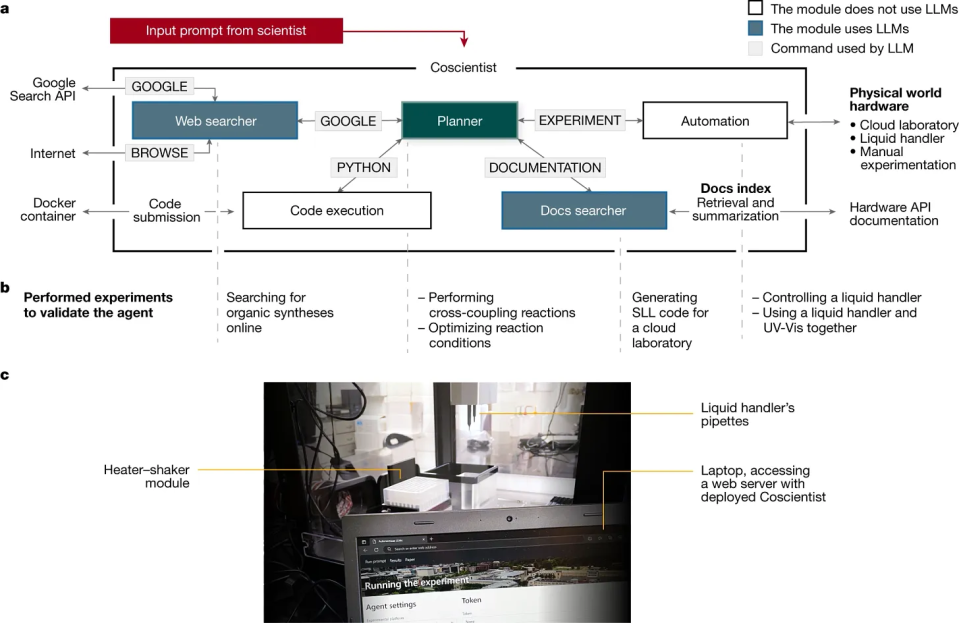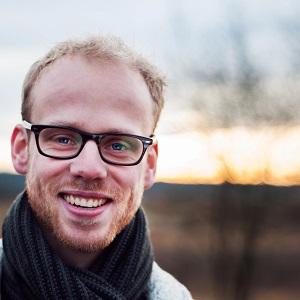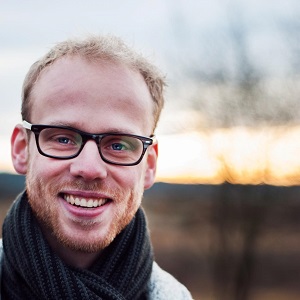What are the most noteworthy developments in our quest for Regenerative Intelligence?
- Natural Intelligence: Understanding cats’ facial expressions
- Artificial Intelligence: Automated scientific discoveries
- Human Intelligence: The future of fireworks (& birds)
BONUS: RegenIntel; a regenerative intelligence organization!
1) Cats have nearly 300 facial expressions, including a ‘play face’
Natural Intelligence

Understanding nature is a big part of our quest towards regenerative intelligence. Where better to start than our lovely, never-listening, never-behaving cats. Researchers recorded a total of 276 distinct facial expressions used among a colony of 50 cats living at a cat cafe in Los Angeles. The study shows that a cat expresses themselves with parted lips, dilated or constricted pupils, blinking, curled corners of the mouth, nose licks and different ear positions.
After reviewing the recordings, and linking facial expressions with behaviour, the researchers concluded that more of the felines’ expressions were friendly (45%) than aggressive (37%). Another 18% were ambiguous or fell into both categories, according to the study. This suprised me, since in my own experience almost 70% of the expressions of my two cats are ambiguous… 😛
Although it’s always fun to read about cats, the bigger picture, of course, is understanding animals and their inner-life better. To improve animal welfare checks, deepen animal-human relationships, understand life from different perspectives, etc, etc.
It’s impossible to truly understand other beings, but one can try. Some notable attempts:
- A filmmaker made a incredible effort to understand the world of his octopus friend, and made a great Netflix documentary about their meetings in the ocean together.
- Thomas Thwaites actually tried to become a goat himself (1 min video) to understand them.
- And Frans de Waal spent his whole life researching primates, and wrote, among other books, “Are We Smart Enough to Know How Smart Animals Are?”
2) Automating the search for knowledge
Artificial Intelligence
A groundbreaking paper in Nature unveils an extraordinary adventure. Imagine a future where an AI in a science lab has access to equipment, materials, and the internet and can create it’s own experiments.
It turns out that scientist have actually experimented for years with AIs that autonomously design and execute scientific experiments. And every year the level of autonomy of the AI agent grows. The authors of this paper (December 2023) wielded the power of GPT-4 and guided this AI, called Coscientist, to autonomously delve into chemical research. According to the paper;
Coscientist is an artificial intelligence system driven by GPT-4 that autonomously designs, plans and performs complex experiments by incorporating large language models empowered by tools such as internet and documentation search, code execution and experimental automation.

Remarkably, the bulk of this scientific journey was conducted by the AI itself, as it crafted code to commandeer lab instruments. Discover more about this inspiring fusion of technology and human intellect: read the full paper @ Nature.
3) The Future of Fireworks (& Birds)
Human Intelligence
Celebrating new year is, in my opinion, a beautiful tradition; being together, reflecting back, dreaming forward… But the firework part could use some regenerative tweaks:
Scientists from the University of Amsterdam visualised the impact of fireworks on birds. The researchers harnessed the power of GPS to track their flight. Their findings were startling: as the clock struck midnight on New Year’s Eve, many of birds abruptly abandoned their nocturnal havens.
On average, approximately 1000 times as many birds were in flight on New Year’s Eve than on other nights. We found that fireworks-related disturbance decreased with distance, most strongly in the first five kilometers, but overall flight activity remained elevated tenfold at distances up to about 10 km.
The researchers’ regenerative advice: “Given the pervasive nature of this disturbance, the establishment of large fireworks-free zones or centralizing fireworks within urban centers could help to mitigate their effects on birds. Conservation action should prioritize avian communities with the most disturbance-prone, large-bodied bird species.”
I think the debate around fireworks is really interesting and a showcase of the times we are living in. In some towns in the Netherlands, it’s forbidden now. Because of the impact on animals, nature, and humans (that one hour of fireworks is responsible for a few percent of the yearly emmitted particulate matter). What’s still missing is acknowledgement for the value and purpose of this tradition. The local governments take an old tradition away, but leave a gap behind. —> What was the role of the firework tradition and how to replace it in a regenerative way? A spectacular drone show? (Probally not that realistic and sustainable to have a drone show consisting of hundreds of drones in each town.) Or a centralised fireworkshow? Or…?
Bonus: RegenIntel – A regenerative intelligence company!

Who would have thought; on LinkedIn, Michiel Cornelissen, a Climate Innovation Specialist, introduced me to Chad Frischmann, CEO of a company named RegenIntel, short for Regenerative Intelligence! Founded in April 2023, RegenIntel is “a mission-derived public benefit company harnessing humanity’s collective wisdom aligned with nature and community. Our mission is to activate humanity to become a planet-positive species. We will do this by guiding and stewarding decision-makers to effectively implement regenerative and climate solutions that benefit people and the planet.” Check them out @ regenintel.earth!

 English | EN
English | EN 
